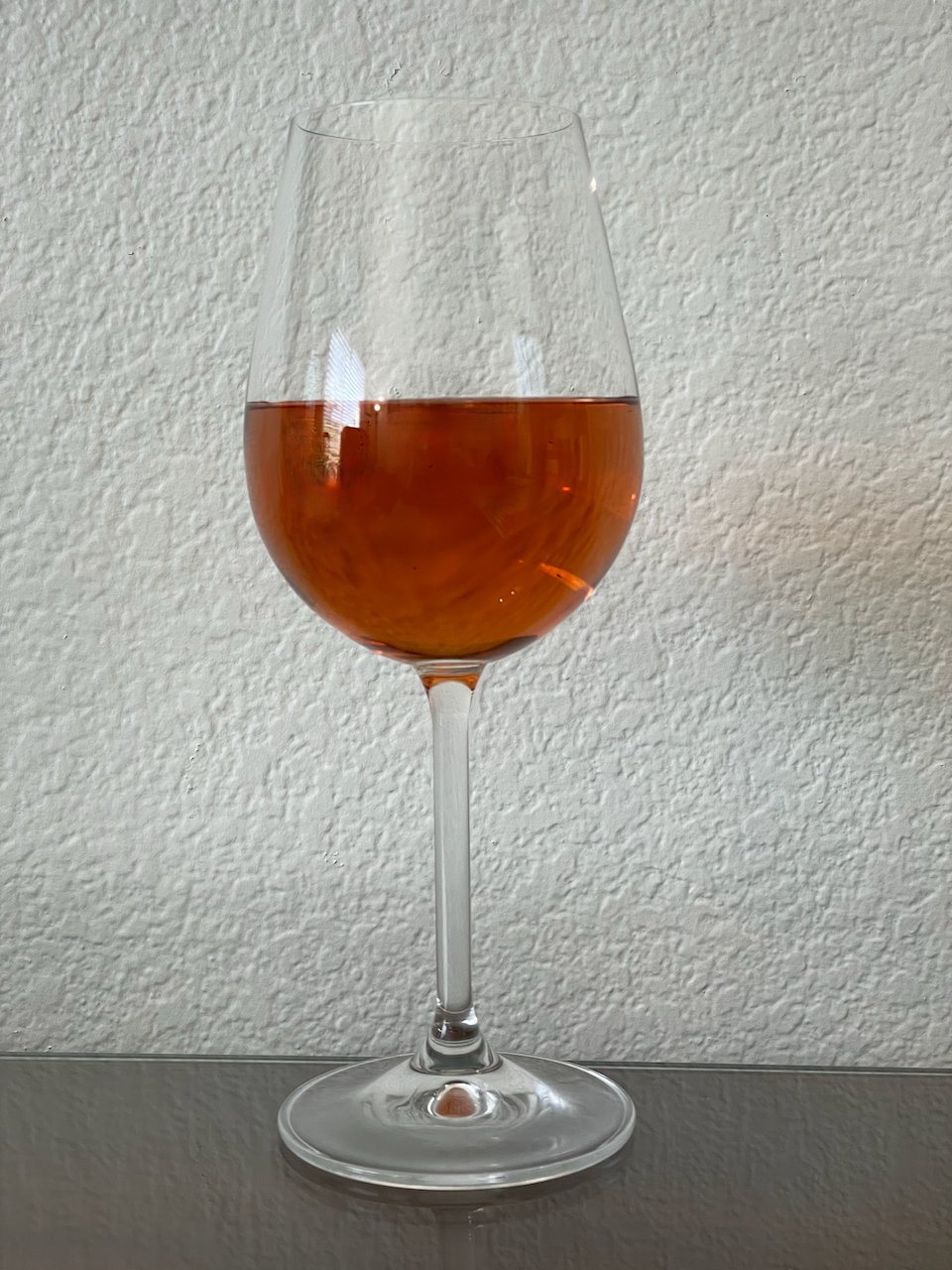I recently opened a bottle of rosé on a warm evening, looking forward to a cool, crisp and refreshing glass of wine.
When I poured myself a glass, I quickly noted that instead of the beautiful pink color that I was expecting, I got an brownish-orange glass of wine.
That was my first clue.
I then lifted the glass and got a whiff of a nutty aroma. One more like a sherry or a port.
That was my second clue.
I went ahead a took a sip. Instead of bright fruit flavors of strawberry and citrus, it was indeed nutty in flavor.
I’d gotten my final clue.
This wine had gone bad. The color, aroma and taste were dead giveaways of an oxidized wine.
Much like an apple or a banana will turn brown if exposed to air, so too will a wine. In this case, the brownish-pink combination resulted in orange.
Is an oxidized wine drinkable? Well, yes. It won’t hurt you or make you sick. And, if you are a sherry lover, you’ll probably like an oxidized wine. But you won’t get to enjoy the bright, crisp fresh fruit flavors that a rosé, a white wine or even a red wine, should have.
Oxidation is just one of several wine faults that can occur in a ‘sealed’ wine. But, once you’ve experienced an oxidized wine you’ll know exactly what clues to look for in the future.
Cheers!


